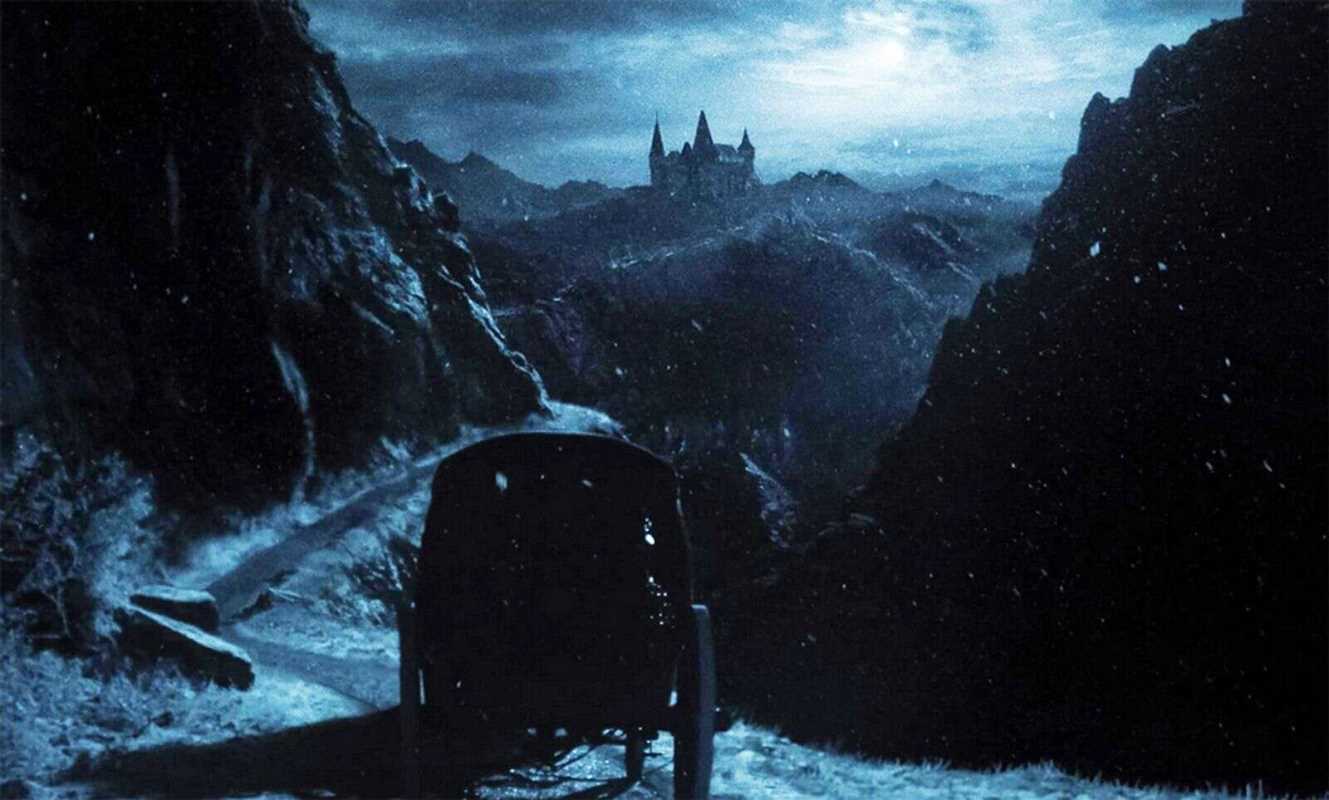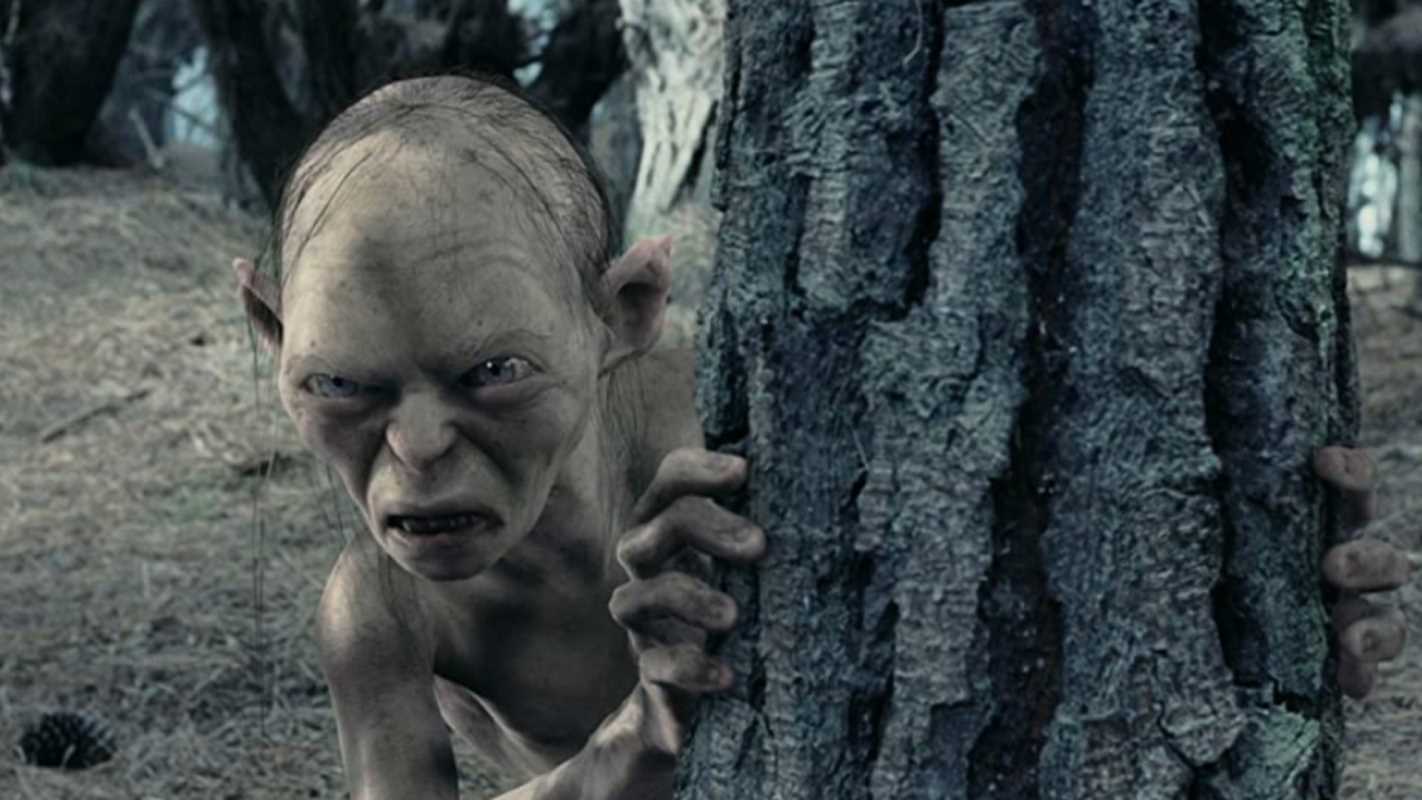In the discipline of filmmaking, sound design functions as an essential, though often subliminal, component of narrative construction. It is the comprehensive process of specifying, acquiring, manipulating, or generating auditory elements for a production. This practice extends far beyond the simple recording of dialogue; it is a sophisticated art form responsible for building atmosphere, conveying emotion, and creating immersive worlds. A methodical analysis of sound design reveals its critical role in shaping audience perception and enhancing the cinematic experience. This examination will detail how sound design achieves its effects, supported by specific examples from contemporary cinema.
The Foundational Principles of Sound Design
The soundscape of a film is composed of several distinct layers: dialogue, music, and sound effects. The sound designer, in close collaboration with the director and composer, is responsible for orchestrating these elements into a cohesive and impactful whole. This process involves the creation of diegetic sound (originating from within the world of the film, such as footsteps or a car engine) and non-diegetic sound (originating from outside the film's world, such as the musical score or a narrator's voice). The precise balance and manipulation of these layers are what allow a filmmaker to guide an audience’s emotional and psychological response to the narrative, often without their conscious awareness.
Silence and Sound in A Quiet Place
John Krasinski’s A Quiet Place serves as a definitive case study in the narrative power of sound and its deliberate absence. The film’s premise—in which survival depends on silence—necessitates an exceptionally meticulous and nuanced approach to sound design. The supervising sound editors, Erik Aadahl and Ethan Van der Ryn, constructed a soundscape where near-total silence is the baseline, making every subtle noise a source of profound tension. The rustle of leaves, the creak of a floorboard, or the quiet click of a game piece are all amplified in significance, creating an environment of perpetual anxiety.
The design masterfully manipulates the audience's auditory perspective. When the narrative shifts to the viewpoint of the deaf daughter, Regan, the sound cuts out almost completely, immersing the viewer in her silent, vulnerable world. This subjective use of sound forges a powerful empathetic connection. The monstrous creatures are defined by their unique sonic signature—a series of clicks and screeches—making their presence terrifying even when they are not visible. In A Quiet Place, sound is not merely an accompaniment to the action; it is the central mechanism of suspense and the primary driver of the narrative itself.
Layered Soundscapes in Blade Runner 2049
Denis Villeneuve’s Blade Runner 2049 demonstrates how sound design can construct a complex and tangible future world. The objective was to create a soundscape that felt both futuristic and viscerally real. The sound design team, led by Mark Mangini, built a dense and layered auditory environment that reflects the film's dystopian setting. The sound of perpetually falling rain is a constant presence, blended with the hum of flying vehicles, the cacophony of holographic advertisements, and the distant, thunderous score composed by Hans Zimmer and Benjamin Wallfisch.
This intricate layering creates a sense of overwhelming sensory input, mirroring the protagonist's experience in a technologically saturated and environmentally decayed Los Angeles. The sound design distinguishes different locations with unique sonic textures; the chaotic city streets contrast sharply with the sterile, echoing silence of the Wallace Corporation headquarters. This use of sound as an architectural tool provides a level of detail that makes the world feel fully realized and immersive, contributing significantly to the film’s melancholic and oppressive atmosphere.
Subjective Tension in Dunkirk
Christopher Nolan’s Dunkirk utilizes sound design to create a subjective and unrelenting experience of war. The soundscape, engineered by Richard King, eschews conventional war film sonics in favor of a design that places the audience directly within the chaos. A key element is the use of the Shepard tone—an auditory illusion of a continually rising pitch—which is integrated into the score and sound effects. This technique creates a persistent, escalating sense of tension that never resolves, keeping the audience in a state of perpetual unease.
The film’s sound is deliberately visceral and disorienting. The piercing whine of Stuka dive bombers, the deafening explosions, and the frantic sound of water rushing into a sinking ship are all mixed to maximize their physical and psychological impact. There is little respite from the auditory assault, mirroring the soldiers' own experience of the evacuation. The collaboration between the sound design and the musical score is seamless, blurring the line between sound effect and music to create a unified and overwhelmingly intense sonic
 (Image source: Alcon Entertainment; Columbia Pictures; Scott Free Productions; Bud Yorkin Productions; Torridon Films; 16:14 Entertainment)
(Image source: Alcon Entertainment; Columbia Pictures; Scott Free Productions; Bud Yorkin Productions; Torridon Films; 16:14 Entertainment) 





